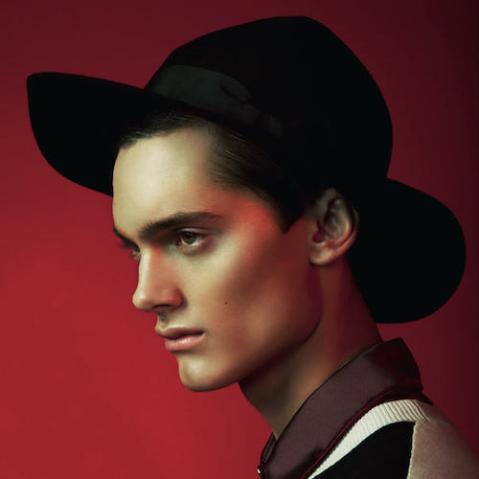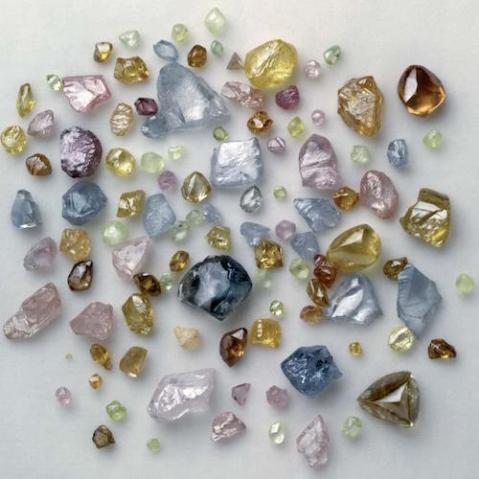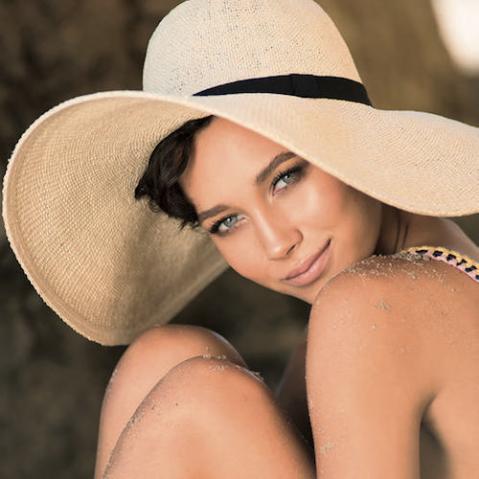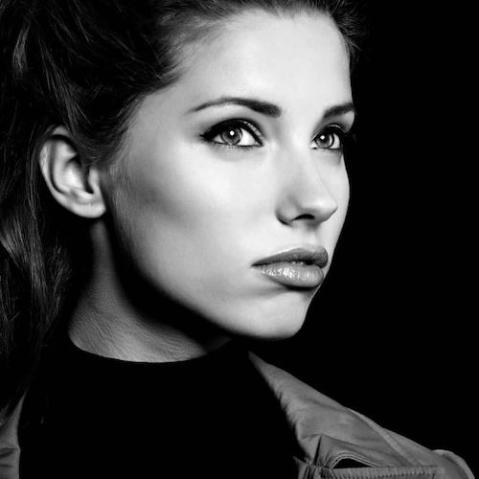Come over to the dark side: concealing and revealing with shadows
If photography is dependent on light, equal attention needs to be paid to its opposite: shade. Shadows are just as important as light. Their placement, depth, and edge sharpness is significant for any image, and their correlation with lit areas determines the depth and structure of your photograph.

You can hide, shape, and accentuate with shadows, and the mood of a setting strongly relates to the shadows. You should always aim to be in control of the shadow in your images, and not just let them happen.
Prominent and dominant shadows
Shadows are determined by how you set your main light. The farther away from the camera axis it is, the more prominent the shadows will be, right up to a very dramatic mood where the shadows dominate.
Hard and soft light
The transition from light to shadow is important, causing what is considered to be ‘hard’ or ‘soft’ light. The sharpness of this transition is based on the light source’s size relative to the subject.
A light source that is small in relation to the subject, like an external flash unit or a strobe that is far away, will create crisp shadows.
The opposite is a light that is relatively large, like an umbrella or softbox, when it’s closer to the subject. Therefore, be careful when changing a light’s intensity by moving it closer or farther away, because this will also change shadow hardness.
Concealing and revealing
Shadows pronounce structure and hence they can also pronounce irregularities in a model’s skin. Watch closely to avoid problems that can increase your retouching dramatically or even render a photo useless. On the other hand, shadows can also shape the female body in a beautiful manner. They can hide problematic areas and showcase bust, back, hips, and an athletic abdomen in a spectacular way.

Fill light
Another important factor in the appearance of shadows is fill light, whether it is intentional or unintentional, and reflected light from a wall, a reflector, another light source, or even from bedsheets or curtains. Be aware that the camera sees shadows as much darker and deeper than they appear to the naked eye. What may seem to be perfectly clear detail when you look at it can turn out to be completely blocked up black areas in your photo. Observe and compare, and you will get more and more experienced in judging shadows.
It might sound a little silly, but try squinting to assess a scene for shadow intensity. It will give you an impression that is closer to how the camera will render it.
If you decide that you need more detail in the shadows, set up a fill light. The most basic fill light can come directly from the camera position, but it should always be several stops under the main light’s brightness. Do be wary of your fill light having a different temperature to your main light. There’s a possibility that the colour cast in the shadows can look wrong or unpleasant.
One of the simplest ways to produce some fill light is with a reflector. Pick up some of the energy from the main light and bounce it back where you need it! Very often fill light can easily be accomplished with a reflector that is picking up some of your main light.
Intensifying shadows
Sometimes you might need even deeper shadows than your light setup provides. You might be undone by reflecting walls, or the windows in a room. If that’s the case, set up a black panel or cloth on the side where you require less light, just out of the camera’s view. Check your reflector — it might well have a black absorbing panel as well as gold, silver, and white reflecting ones.

Boudoir Photography is Critsey Rowe’s guide to a genre of photography more sophisticated and collaborative than old-fashioned “glamour” shooting that has snowballed as more and more women commission intimate portraits of themselves. With advice on pre-production, wardrobe and makeup, a dedicated posing guide, and post-production techniques covered in detail, Boudoir Photography will help the shooter work closely with the client to come up with a portfolio that is technically perfect, beautiful, and completely unique.
[one_whole boxed=”true”]
 Boudoir Photography by Critsey Rowe
Boudoir Photography by Critsey Rowe
£7.99, Download the PDF now!
This PDF version retains the styling of the original print book.
RRP for print edition: £17.99
[button color=”Accent-Color” size=”small” url=”https://www.ilexinstant.com/product/boudoir-photography-2/” text=”Digital Edition”]
[button color=”Accent-Color” size=”small” url=”http://www.amazon.com/Boudoir-Photography-Complete-Shooting-Portraits/dp/B00AKR0KXU/ref=as_li_qf_sp_asin_til?tag=ilexinst-20&linkCode=w00&creativeASIN=B00AKR0KXU” text=”Amazon UK (Print)”]
[button color=”Accent-Color” size=”small” url=”http://www.amazon.com/Boudoir-Photography-Complete-Shooting-Portraits/dp/B00AKR0KXU/ref=as_li_qf_sp_asin_til?tag=ilexinst-20&linkCode=w00&creativeASIN=B00AKR0KXU” text=”Amazon USA (Print)”]
[/one_whole]







